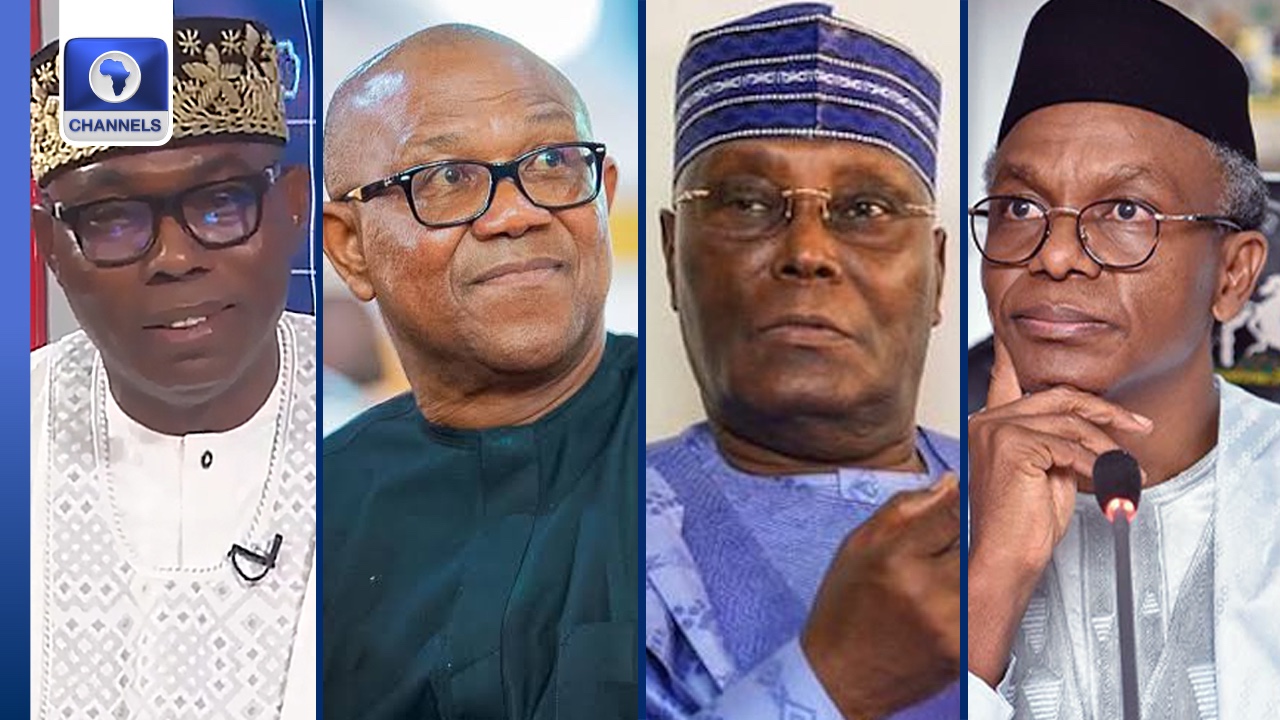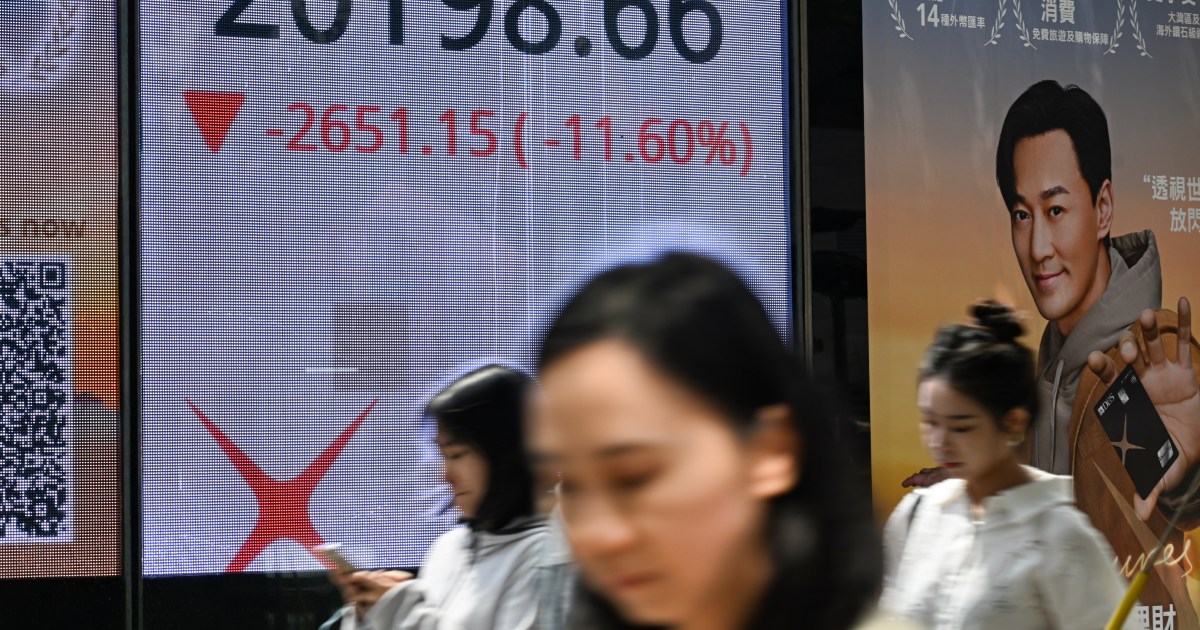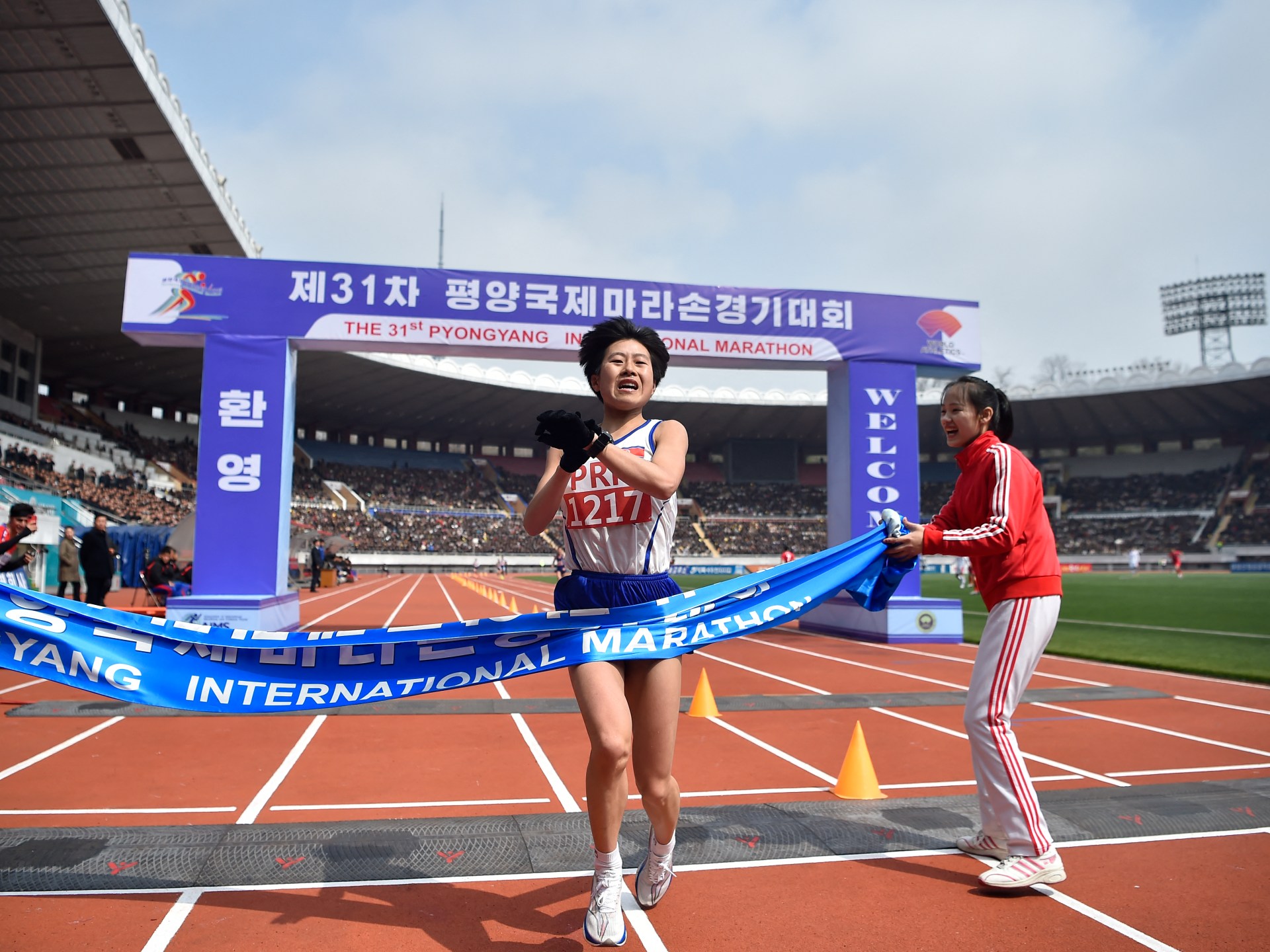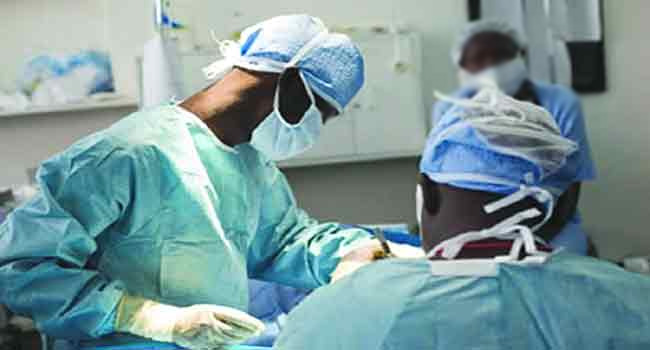Peter Obi, the party’s interim national coordinator, Yunusa Tanko, joined the organization on Monday until further developments.
The former governor of Anambra State has not formally joined the Social Democratic Party (SDP), according to Tanko, a campaigner for the Labour Party (LP) presidential candidate for 2023.
His Excellency, Peter Obi, is a Labour Party member, as far as I am aware. On Channels Television’s The Morning Brief, Tanko said, “It will stay that way until there is any other thing that might arise.”
Adewole Adebayo, the party’s 2023 flag bearer, claimed Obi and former vice president Atiku Abubakar had started discussions to join SDP, and the LP chieftain responded.
Olu Agunloye also claimed Obi’s supporters were lobbying his party ahead of the upcoming election, according to Olu Agunloye, SDP’s national secretary.
In line with the Supreme Court’s decision to fire Julius Abure as LP national chairman, Tanko added that the Labour Party leaders would make some statements clear to Nigerians in the upcoming days.
According to him, “As I speak to you right now, there will be a meeting by the party leaders to make fundamental points clear to everyone, and in accordance with the Supreme Court’s decision, which will of course put the entire situation to rest,” he said.

Read more about Atiku, Obi, and other candidates’ plans to join SDP, according to former presidential candidate.
Talks about an inter-party alliance reached their height on Thursday, March 20, 2025, when opposition arrowhead Atiku, Obi, and former governor of Kaduna, announced a coalition to ouster All Progressives Congress (APC) candidate Bola Tinubu, whose administration has been accused of managing the economy with unprecedented inflation and unprecedented living costs.
The coalition relies on Atiku and Obi’s recent polls to prove their party’s numerical viability. With combined votes of over 12 million, Atiku of the Peoples Democratic Party (PDP) and Obi of the Labour Party (LOC) came in second and third, respectively, more than four million more than Tinubu’s total votes, who was chosen by INEC to be the winner.





